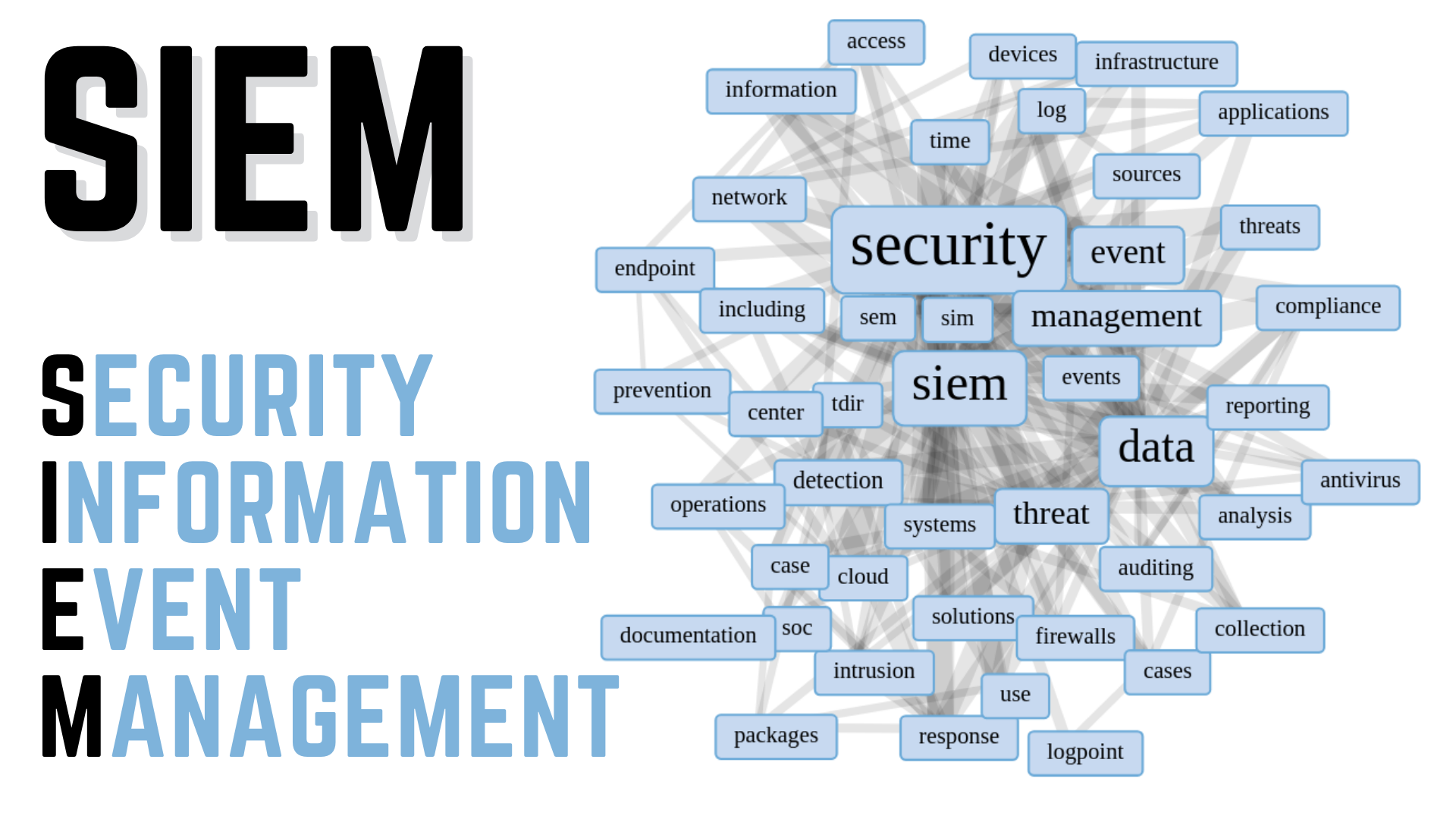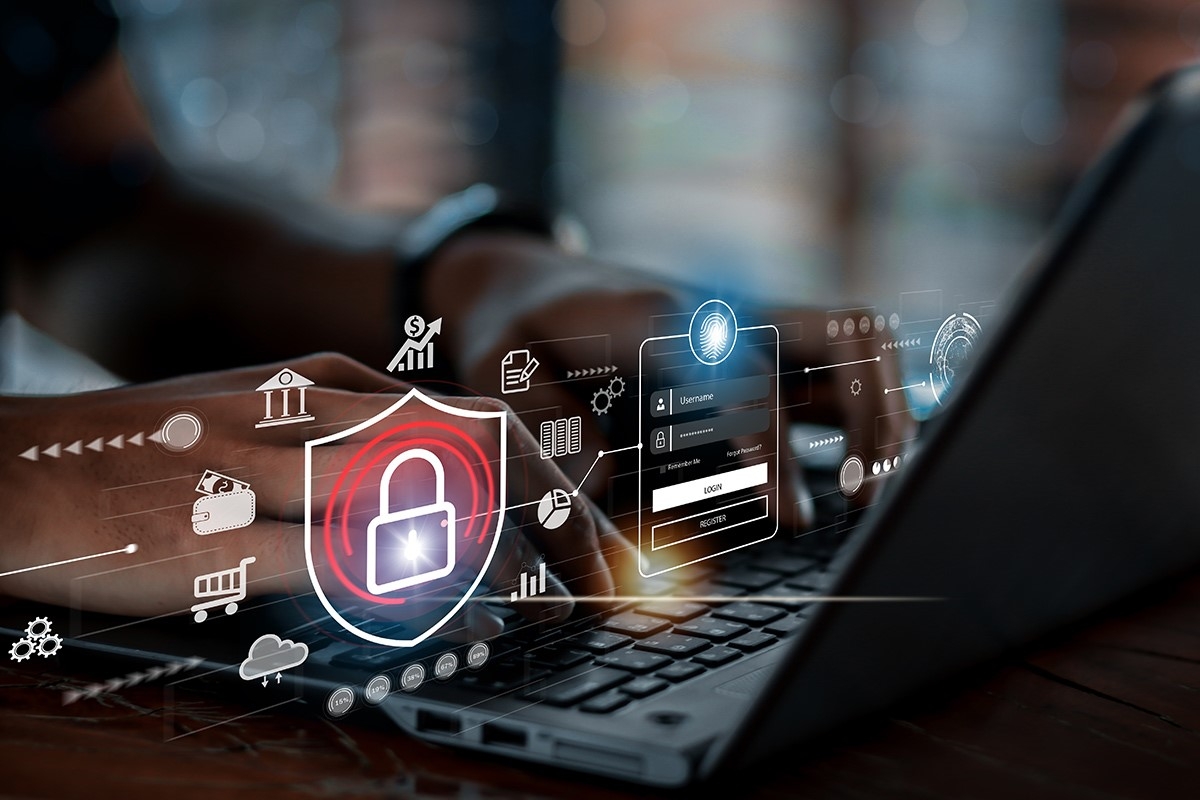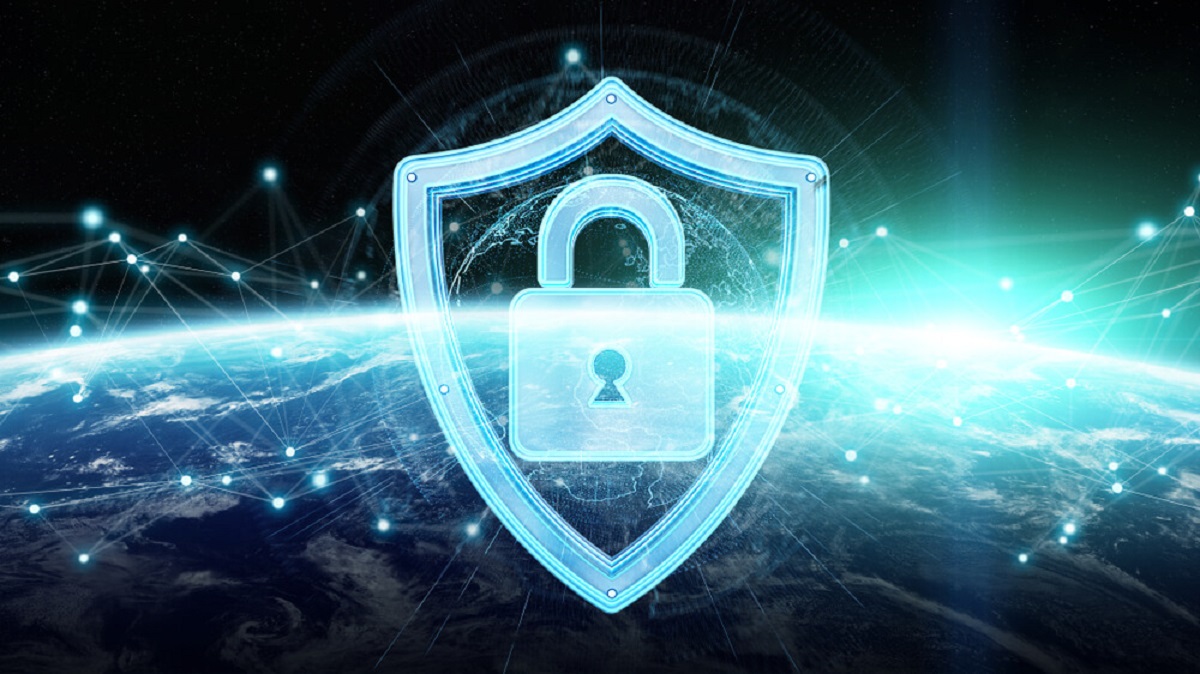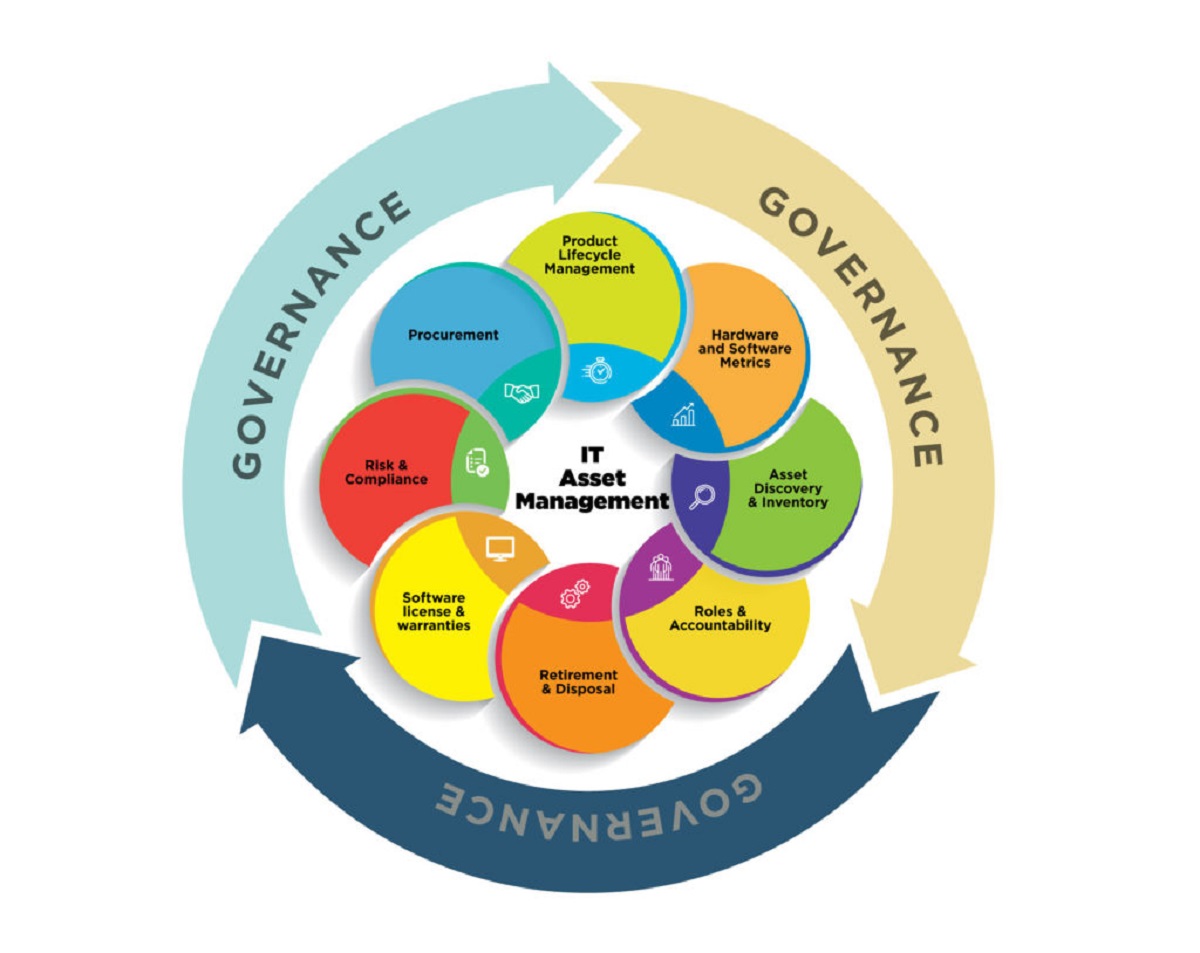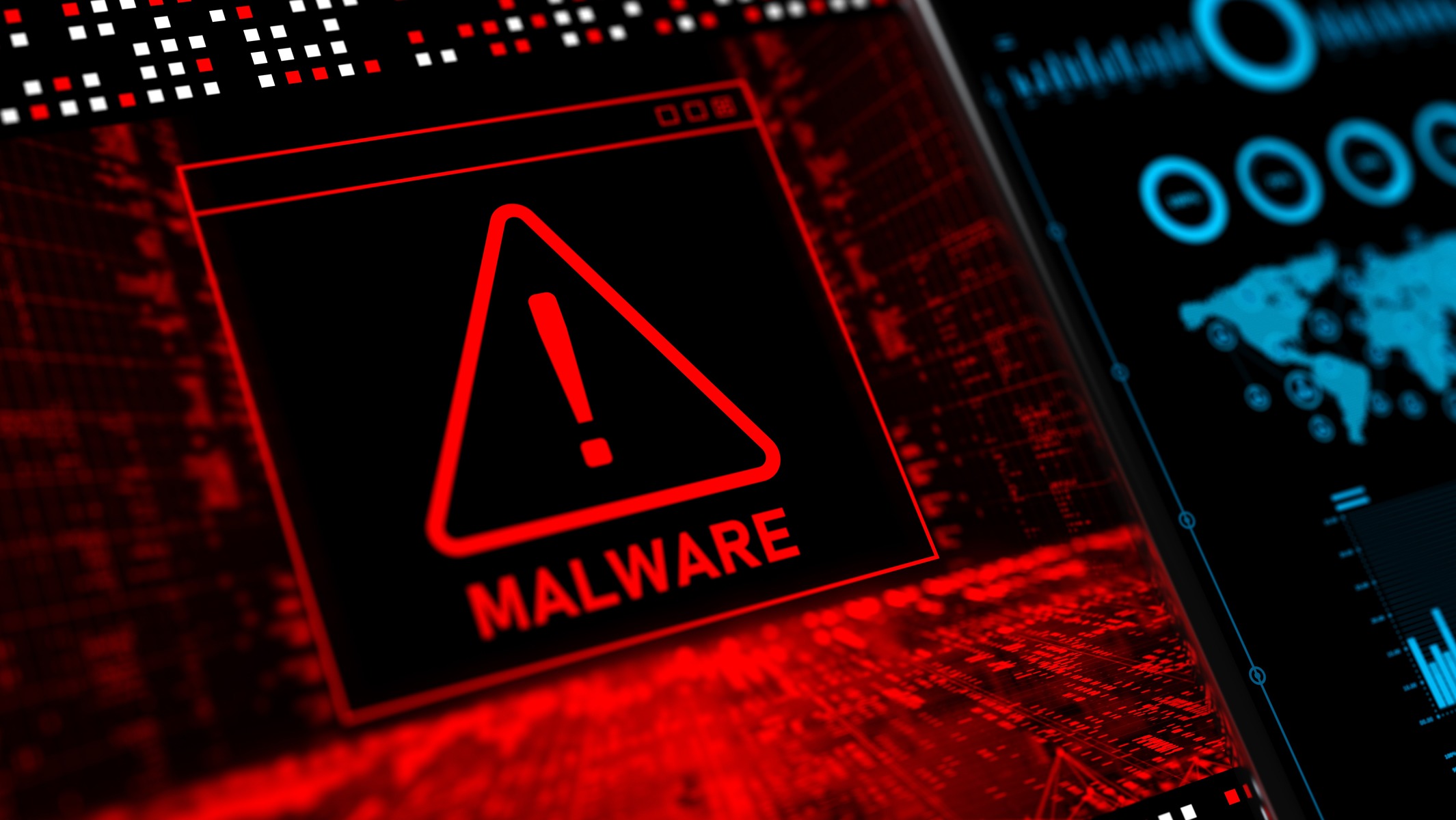What Does SIEM Stand for?
SIEM stands for Security Information and Event Management. It is a comprehensive approach to cybersecurity that combines the capabilities of security information management (SIM) and security event management (SEM). SIEM solutions are designed to collect, analyze, and correlate security event data from various sources within an organization’s IT infrastructure.
The primary purpose of SIEM is to provide organizations with real-time visibility into their IT systems’ security posture. By aggregating and correlating security events from different sources, SIEM enables organizations to detect and respond to security incidents promptly.
Furthermore, SIEM allows for the identification of patterns and trends in security events, helping organizations understand the nature and scope of cyber threats they face. This knowledge is crucial for developing effective security strategies and implementing proactive measures to mitigate risks.
SIEM solutions integrate various security technologies and techniques, such as log management, threat intelligence, behavioral analysis, and event correlation. They provide a centralized platform that enables security analysts to monitor and analyze security events in real-time, generate alerts for suspicious activities, and investigate potential security incidents.
By leveraging machine learning algorithms and advanced analytics, SIEM solutions can identify and prioritize security events based on their severity and potential impact. This helps security teams focus their efforts on critical events and take immediate action to mitigate potential risks.
In summary, SIEM stands for Security Information and Event Management. It is a comprehensive cybersecurity approach that combines the capabilities of security information management and security event management. SIEM solutions provide organizations with real-time visibility into their security posture, enabling them to detect and respond to security incidents effectively.
Definition of SIEM
SIEM, or Security Information and Event Management, is a cybersecurity technology that provides organizations with a centralized system for monitoring, analyzing, and responding to security events and incidents across their IT infrastructure. SIEM systems collect and correlate security data from various sources, allowing analysts to gain visibility into potential threats and vulnerabilities.
At its core, SIEM is designed to help organizations detect and respond to security incidents in a timely and efficient manner. It achieves this by collecting log and event data from systems, applications, network devices, and security solutions deployed within an organization’s environment. This information is then analyzed and correlated to identify patterns, anomalies, and potential security threats.
SIEM systems utilize a combination of log management, security event correlation, threat intelligence, and data analytics to provide a comprehensive view of an organization’s security posture. They can automatically collect, normalize, and store large volumes of log data from diverse sources, including firewalls, intrusion detection systems, antivirus software, and more.
By analyzing log data in real-time, SIEM systems can detect indicators of compromise, abnormal network behavior, and potential security breaches. They enable security analysts to monitor system activity, identify potential threats, and investigate security incidents. SIEM solutions also generate alerts and notifications to notify security teams of suspicious activities or policy violations.
In addition to event correlation and detection, SIEM systems offer features such as vulnerability management, incident response automation, compliance reporting, and forensic analysis. These capabilities help organizations streamline their security operations, improve incident response times, and ensure compliance with regulatory requirements.
Overall, SIEM is a crucial component of an organization’s cybersecurity strategy. It provides organizations with the ability to identify, manage, and respond to security incidents effectively. By centralizing security event data and providing real-time visibility, SIEM enables security teams to detect and mitigate threats, protect sensitive data, and maintain the integrity of their IT infrastructure.
How Does SIEM Work?
SIEM, or Security Information and Event Management, works by collecting, aggregating, and analyzing security event data from various sources within an organization’s IT infrastructure. It follows a systematic process to provide real-time visibility into potential security threats and facilitate effective incident response. Here’s a breakdown of how SIEM works:
1. Data Collection: SIEM systems collect data from different sources, including logs, events, and alerts generated by systems, applications, network devices, and security solutions deployed across the organization. This can include firewall logs, antivirus logs, server logs, network traffic data, and more. The data is typically collected in real-time or near real-time to ensure timely monitoring and analysis.
2. Data Normalization: Once the data is collected, SIEM systems perform data normalization, which involves transforming raw data into a common format. This step is crucial as it standardizes the data, making it easier to analyze and correlate events from various sources. Normalized data includes information such as source IP addresses, timestamps, event types, and other relevant details.
3. Event Correlation: SIEM systems analyze and correlate security events by comparing the collected data against predefined rules and patterns. These rules can be based on known attack signatures, anomaly detection algorithms, or specific policies set by the organization. Event correlation helps identify related events and potential security incidents that may go unnoticed when analyzed independently.
4. Threat Intelligence Integration: SIEM systems integrate threat intelligence feeds, which provide information about known malicious actors, indicators of compromise, and emerging cyber threats. By incorporating threat intelligence data into the analysis process, SIEM systems can enhance their ability to detect and respond to advanced threats and zero-day attacks.
5. Alert Generation: When a security event or incident is identified through event correlation, SIEM systems generate alerts or notifications to notify security analysts or personnel. Alerts typically include information about the event, its severity level, and recommended response actions. This helps security teams prioritize incidents and take appropriate measures to investigate and mitigate the potential risks.
6. Incident Response and Management: SIEM systems also facilitate incident response and management by providing security teams with tools and workflows to investigate and respond to security incidents. This may include automated incident ticketing, collaboration features, and integration with other security solutions for containment, eradication, and recovery actions.
7. Reporting and Compliance: SIEM systems generate reports and dashboards to provide stakeholders with insights into the organization’s security posture. These reports can include information such as trends in security events, compliance status, and overall risk assessment. Compliance-specific reports help organizations demonstrate adherence to regulatory requirements and industry standards.
In summary, SIEM works by collecting, normalizing, and analyzing security event data to provide real-time visibility into potential threats. By correlating events, integrating threat intelligence, and generating alerts, SIEM systems enable organizations to detect and respond to security incidents effectively.
Benefits of Using SIEM in Cybersecurity
SIEM, or Security Information and Event Management, offers several benefits to organizations in enhancing their cybersecurity posture. By implementing a SIEM solution, organizations can gain valuable insights, improve incident response times, and strengthen their overall security strategy. Here are the key benefits of using SIEM:
1. Enhanced Threat Detection: SIEM systems provide real-time monitoring and analysis of security events across an organization’s IT infrastructure. By correlating and analyzing data from various sources, SIEM solutions can identify patterns, anomalies, and potential security threats that may go unnoticed with manual monitoring alone. The early detection of threats enables organizations to respond swiftly and proactively mitigate risks.
2. Centralized Visibility: SIEM solutions offer a centralized platform that consolidates security event data from multiple sources. This provides security teams with a comprehensive view of the organization’s security posture, allowing them to monitor and analyze security events in real-time. With centralized visibility, security analysts can quickly identify and respond to potential security incidents, minimizing the impact and reducing the time spent on manual data collection and analysis.
3. Incident Response Improvement: SIEM systems assist organizations in improving their incident response capabilities. By automating incident notification and providing guided workflows for investigation and remediation, SIEM solutions expedite the incident response process. This helps security teams to take timely action, mitigating the impact of security incidents and reducing the mean time to respond (MTTR).
4. Compliance and Regulation: SIEM solutions play a vital role in meeting regulatory compliance requirements. They generate reports and provide audit trails that help organizations demonstrate adherence to industry regulations and standards. SIEM systems can track and document security incidents, maintain access logs, and generate compliance-specific reports, which assist in ensuring regulatory compliance and simplifying the audit process.
5. Improved Operational Efficiency: SIEM streamlines security operations by automating log collection, analysis, and correlation. It reduces the manual effort required for security event monitoring and frees up security personnel’s time for more critical tasks. By automating routine processes and providing centralized visibility, SIEM solutions improve operational efficiency and enable security teams to focus on higher-value activities.
6. Risk Mitigation: Effective risk management is a key objective of SIEM. By identifying and prioritizing security threats, SIEM systems allow organizations to allocate resources appropriately. This ensures that security efforts are focused on addressing high-risk areas and vulnerabilities. With proactive risk mitigation, organizations can minimize the likelihood and impact of security breaches and avoid potential financial and reputational damage.
In summary, SIEM offers numerous benefits to organizations in strengthening their cybersecurity efforts. From enhanced threat detection and centralized visibility to improved incident response and compliance management, SIEM systems provide valuable insights and streamline security operations. By leveraging the power of SIEM, organizations can effectively safeguard their digital assets, protect sensitive data, and mitigate risks.
Common Features of SIEM Tools
SIEM, or Security Information and Event Management, tools offer a wide range of features designed to help organizations monitor, analyze, and respond to security events effectively. While specific features may vary between different SIEM solutions, there are several common functionalities that are typically found in these tools. Here are some of the most common features of SIEM tools:
1. Log Collection and Aggregation: SIEM tools collect and aggregate log data from various sources within an organization’s IT infrastructure. This includes logs from systems, applications, network devices, and security solutions. By centralizing log data, SIEM tools provide a unified view, making it easier to monitor and analyze security events.
2. Real-Time Event Correlation: SIEM tools analyze security events in real-time and correlate them to identify patterns and potential threats. By applying rules and algorithms, SIEM tools can detect and alert on suspicious activities or deviations from baseline behavior. Event correlation helps security teams prioritize alerts and focus on the most critical threats.
3. Threat Intelligence Integration: Many SIEM tools integrate with external threat intelligence feeds to enhance their detection capabilities. By incorporating threat intelligence data, SIEM tools can identify known malicious indicators and patterns associated with cyber threats. This helps organizations stay up to date with the latest threats and identify potential risks more accurately.
4. Behavioral Analysis: SIEM tools use behavioral analysis techniques to detect anomalies and abnormal activities within the IT environment. By establishing typical user and system behavior baselines, SIEM tools can identify deviations that may indicate a security incident. Behavioral analysis helps organizations detect unknown or zero-day attacks that might go undetected by traditional signature-based defenses.
5. Alerting and Notification: SIEM tools generate alerts and notifications when security events exceed predefined thresholds or trigger specific correlation rules. Alerts typically include information about the event, its severity level, and recommended response actions. This allows security teams to promptly investigate and respond to potential security incidents.
6. Incident Management: SIEM tools provide incident management capabilities to streamline the response process. They often integrate with ticketing systems, enabling security teams to create, assign, and track incidents. Incident management features help organizations manage and coordinate the investigation, containment, eradication, and recovery phases of security incidents.
7. Compliance Reporting: SIEM tools facilitate compliance reporting by generating audits and compliance-specific reports. They automate the collection of data necessary for regulatory compliance and provide documentation of security controls and activities. Compliance reporting features support organizations in demonstrating adherence to industry regulations and standards.
8. Data Retention and Storage: SIEM tools offer long-term data retention and storage capabilities. They store security event data, logs, and other relevant information for future analysis, incident investigations, and compliance audits. Data retention features allow organizations to maintain historical records and track security events over time.
9. Dashboards and Visualizations: SIEM tools provide dashboards and visualizations to present security event data in a clear and intuitive manner. These visual representations allow security analysts and stakeholders to quickly understand the current security posture and identify trends or anomalies. Dashboards also offer customizable views and real-time monitoring of key performance indicators.
10. Integration with Other Security Solutions: Many SIEM tools integrate with various security solutions, such as firewalls, intrusion detection systems, and vulnerability assessment tools. Integration enables the correlation of data from multiple sources, providing a comprehensive view of the security landscape and enhancing threat detection and response capabilities.
In summary, SIEM tools offer a wide range of features to assist organizations in effectively managing security events and incidents. From log collection and event correlation to threat intelligence integration and compliance reporting, these features enable security teams to monitor, analyze, and respond to security threats more efficiently.
Challenges and Limitations of SIEM
While SIEM (Security Information and Event Management) solutions offer numerous benefits for organizations, they also come with certain challenges and limitations that should be taken into consideration. Understanding these challenges can help organizations make informed decisions when implementing and using SIEM systems. Here are some of the common challenges and limitations of SIEM:
1. Data Overload: SIEM systems generate a massive amount of data from various sources, making it challenging to sift through and identify critical security events. The sheer volume of data can overwhelm security teams and potentially lead to the overlooking of important alerts or incidents.
2. False Positives and Negatives: SIEM systems can produce false positives, where a security event is incorrectly identified as a threat, or false negatives, where a genuine security incident goes undetected. Configuring the rules and thresholds in SIEM systems requires expertise to strike the right balance and minimize false alarms while not missing critical events.
3. Complexity of Implementation: Implementing a SIEM solution can be complex and time-consuming. It involves integrating with various systems and applications within an organization’s IT infrastructure. The initial setup, configuration, and continuous fine-tuning of the SIEM system require expertise and dedicated resources.
4. Skill and Resource Requirements: Successfully managing a SIEM system requires skilled security personnel with expertise in log analysis, event correlation, and incident response. Organizations must invest in training their staff or hiring external experts to ensure effective utilization of the SIEM solution.
5. Cost: Implementing and maintaining a SIEM solution can be expensive, particularly for small and mid-sized organizations. Aside from the initial investment in hardware, software, and licensing, ongoing costs include personnel, training, and maintenance. Organizations must carefully evaluate the cost-to-benefit ratio and consider whether the investment in a SIEM system aligns with their cybersecurity needs and budget.
6. Scalability: As organizations grow and their IT environments change, scaling up a SIEM system can pose challenges. Adding new systems, applications, and network devices may require additional configuration and customization of the SIEM solution. Organizations should choose a SIEM system that can scale effectively to accommodate future growth and evolving security requirements.
7. Regulatory Compliance Complexity: While SIEM systems can assist with regulatory compliance, managing compliance requirements within the SIEM solution can be complex. Organizations need to align the SIEM system’s configuration and reporting capabilities with the specific compliance standards applicable to their industry or geographic location.
8. Limited Contextual Information: SIEM systems primarily rely on event data to detect and analyze security incidents. However, they may not always have access to contextual information that could aid in incident response. SIEM systems may lack visibility into user behavior, business processes, or external factors that could provide a deeper understanding of security events.
In summary, SIEM solutions come with challenges and limitations that organizations need to address. The complexity of implementation, data overload, false positives and negatives, resource requirements, cost, scalability, compliance complexity, and limited contextual information should all be considered when deploying and utilizing a SIEM system.
Best Practices for Implementing SIEM
Implementing a SIEM (Security Information and Event Management) solution requires careful planning and execution to ensure its effectiveness in enhancing an organization’s cybersecurity posture. Consider the following best practices when implementing SIEM:
1. Clearly Define Objectives: Clearly define the objectives and goals of implementing a SIEM solution. Determine the specific security challenges and requirements that the SIEM system should address. This will help guide the selection, configuration, and use of the SIEM solution.
2. Conduct a Comprehensive Assessment: Conduct a thorough assessment of the organization’s IT infrastructure, including systems, applications, network devices, and security solutions. Understand the data sources, log formats, and event collection capabilities across the organization, as this will help determine the scope and requirements of the SIEM implementation.
3. Define Use Cases and Implement Use-Case-Driven Configuration: Define specific use cases based on the organization’s cybersecurity needs and desired outcomes. Use cases define the scenarios and events that the SIEM system should monitor and alert on. Implement use-case-driven configuration to ensure that the SIEM solution is tailored to address specific security concerns and provide valuable insights.
4. Establish Clear Data Collection and Retention Policies: Define data collection and retention policies to ensure that the SIEM system collects the necessary log and event data from relevant sources. Determine the appropriate retention period for compliance, investigation, and analysis purposes. It’s important to ensure that the SIEM solution can handle the volume of data collected and retain it according to organizational and regulatory requirements.
5. Regularly Update and Tune the SIEM System: Regularly update the SIEM system with the latest vendor-recommended patches and updates to ensure that it remains secure and has the latest features. Tune the SIEM solution by regularly reviewing and adjusting the correlation rules, thresholds, and alerts to minimize false positives and false negatives. Continuously monitor and fine-tune the configuration based on evolving security requirements and changing IT infrastructure.
6. Integrate with Other Security Solutions: Integrate the SIEM solution with other security solutions such as firewalls, intrusion detection/prevention systems, and vulnerability scanners. This allows for enhanced visibility and correlation of events across the security stack, improving threat detection and response capabilities. Proper integration ensures that the SIEM system receives relevant information from these solutions, enabling comprehensive analysis and incident investigation.
7. Develop Incident Response Procedures: Develop and document incident response procedures that outline the steps to be followed in the event of a security incident. Clearly identify roles and responsibilities, define escalation procedures, and establish effective communication channels. Integrate the SIEM system with incident response tools and ticketing systems to automate and streamline the incident response process.
8. Invest in Training and Skill Development: Provide adequate training to security personnel responsible for managing and maintaining the SIEM system. Invest in ongoing skill development to ensure that the team stays updated on the latest threats, trends, and best practices in cybersecurity. Developing expertise in log analysis, event correlation, and incident response will maximize the effectiveness of the SIEM implementation.
9. Regularly Review and Analyze SIEM Reports: Regularly review and analyze the reports generated by the SIEM system. This provides insights into the organization’s security posture, identifies trends, and highlights potential areas of improvement. Use the reports to measure the effectiveness of the SIEM implementation and make data-driven decisions to enhance security operations.
10. Continuously Evaluate and Improve: Continuously evaluate the performance and effectiveness of the SIEM system. Regularly assess its ability to detect, analyze, and respond to security events. Collect feedback from security personnel and stakeholders to identify areas for improvement and implement necessary changes to optimize the SIEM solution’s efficacy.
In summary, implementing SIEM effectively involves clearly defining objectives, conducting a comprehensive assessment, use-case-driven configuration, establishing data collection policies, regular updates and tuning, integration with other security solutions, incident response procedures, training and skill development, regular review of reports, and continuous evaluation and improvement. Following these best practices will help organizations maximize the benefits of their SIEM implementation and enhance their overall cybersecurity capabilities.
Conclusion
SIEM (Security Information and Event Management) solutions offer significant benefits for organizations in enhancing their cybersecurity posture. By providing real-time visibility, detection, and response capabilities, SIEM systems empower organizations to proactively protect their digital assets, detect potential threats, and respond promptly to security incidents.
Through the collection, analysis, and correlation of security event data, SIEM solutions enable organizations to identify patterns, anomalies, and potential security risks. The integration of threat intelligence feeds further enhances their ability to detect and mitigate advanced threats.
Despite the numerous advantages of SIEM, there are also challenges and limitations to consider. Data overload, false positives and negatives, complexity of implementation, skill and resource requirements, cost, scalability, compliance complexity, and limited contextual information are among the challenges organizations may face when implementing SIEM.
However, by following best practices such as clearly defining objectives, conducting a comprehensive assessment, use-case-driven configuration, and establishing data collection policies, organizations can overcome these challenges and optimize the effectiveness of their SIEM implementation.
By continuously evaluating and improving the SIEM system, organizations can stay ahead of emerging threats, adapt to changing security requirements, and ensure the ongoing effectiveness of their cybersecurity efforts.
In conclusion, SIEM plays a crucial role in modern cybersecurity strategies. With its ability to provide real-time monitoring, analysis, and proactive response capabilities, SIEM solutions empower organizations to effectively defend against cyber threats and safeguard their critical assets.







